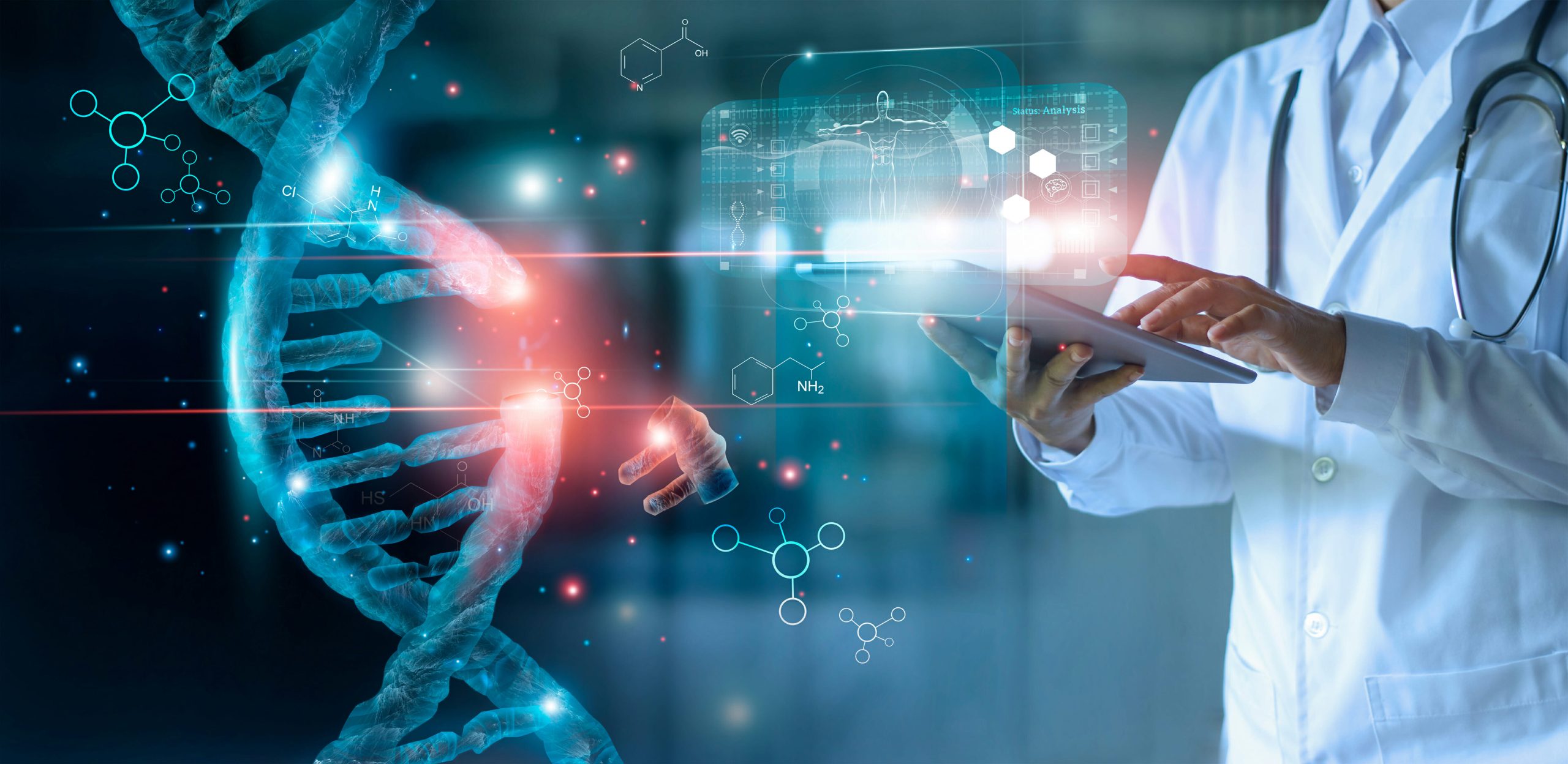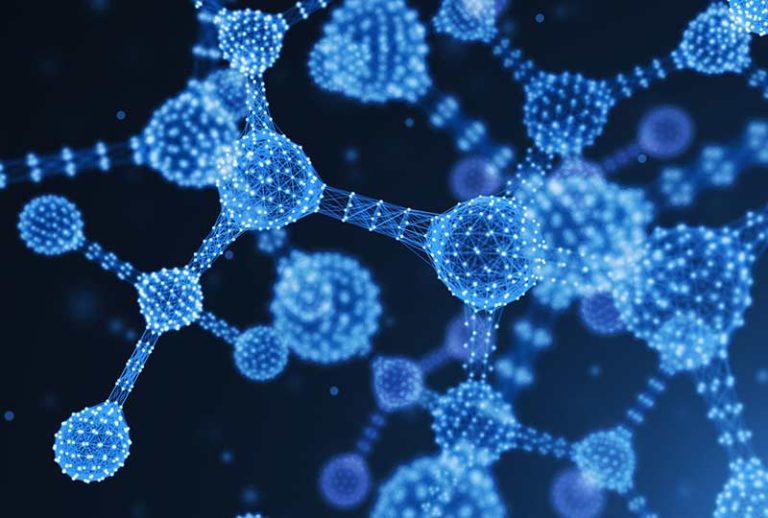Revolutionary Biotech Firm Unveils Innovative Platform to Transform Gene Therapy Techniques
Dyno Therapeutics, the innovative biotechnology firm based in Massachusetts that integrates artificial intelligence into gene therapy, has officially come out of stealth mode to unveil its cutting-edge proprietary platform.
The new platform, CapsidMap, is specifically engineered to address the drawbacks associated with current Adeno-associated virus (AAV) vectors, aiming to significantly enhance existing gene therapy methodologies and broaden the spectrum of treatable conditions.
This platform harnesses the power of AI technology for crafting unique capsids, which serve as the cell-targeting protein shell of viral vectors. By utilizing state-of-the-art DNA library synthesis along with next-generation DNA sequencing, it assesses in vivo gene delivery capabilities through high-throughput screening (HTS).
By employing sophisticated search algorithms powered by machine learning and leveraging Dyno’s vast store of experimental data, Dyno constructs a detailed map of sequence space. This accelerates the discovery and optimization of essential synthetic AAV capsids.
Through active research and development initiatives, as well as strategic collaborations with biopharmaceutical companies (with potential payments exceeding $2 billion under existing partnership agreements), Dyno is currently advancing programs targeted at innovative gene therapy vectors for conditions affecting the ophthalmic field, muscle systems, central nervous system (CNS), and liver diseases. Drawing on intellectual property developed in the renowned lab of George Church, Ph.D., co-founder of Dyno and Robert Winthrop Professor of Genetics at Harvard Medical School, the CapsidMap platform expands its reach to a wider array of diseases.
“We perceive a tremendous opportunity to widen the therapeutic landscape for gene therapies,” states Eric Kelsic, Ph.D., CEO and co-founder of Dyno Therapeutics. “The effectiveness of gene therapy hinges on the capacity of vectors to safely and accurately deliver a gene to the designated target cells and tissues. Our method tackles significant shortcomings of naturally occurring AAV vectors, crafting optimized, disease-specific vectors for gene therapies that hold substantial curative potential.”
“Our diverse array of R&D initiatives and the recently announced partnerships with prominent gene therapy developers underline the relevance of our AI-enhanced strategy in advancing patient treatments, as well as increasing the number of diseases that can be effectively treated with gene therapies.”






